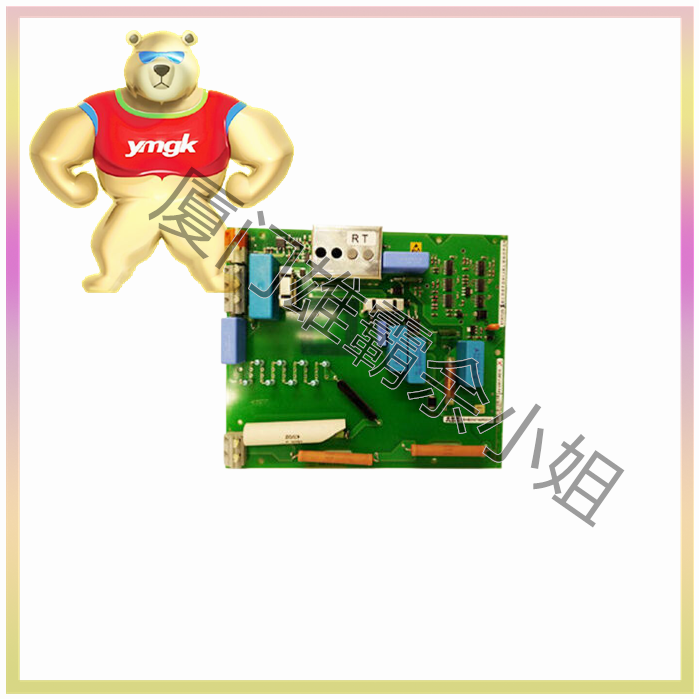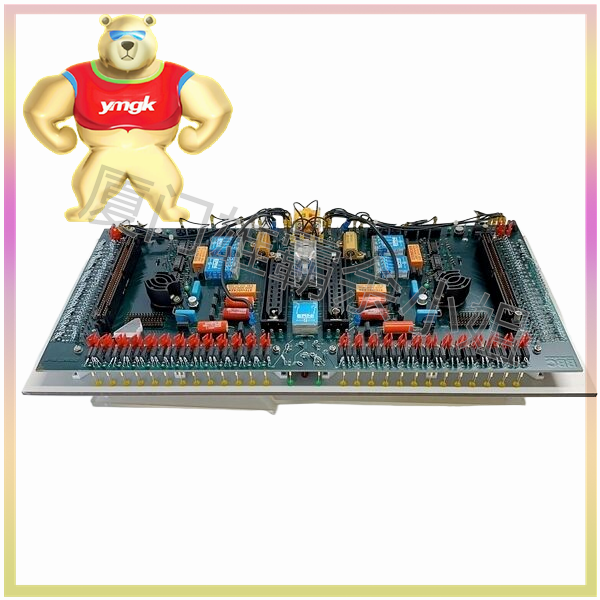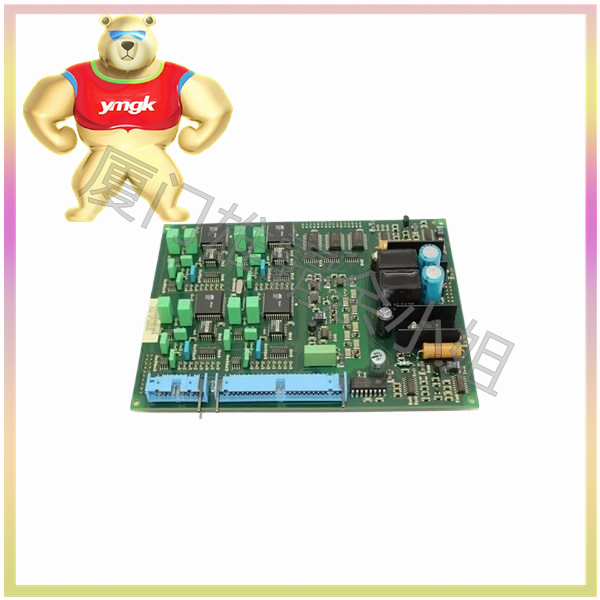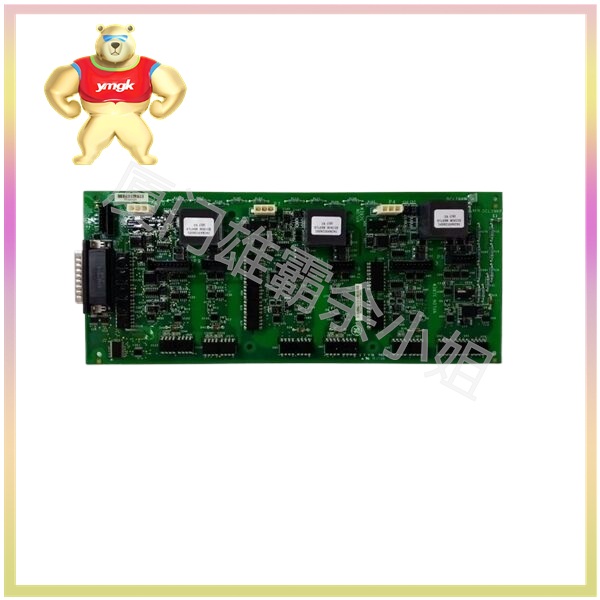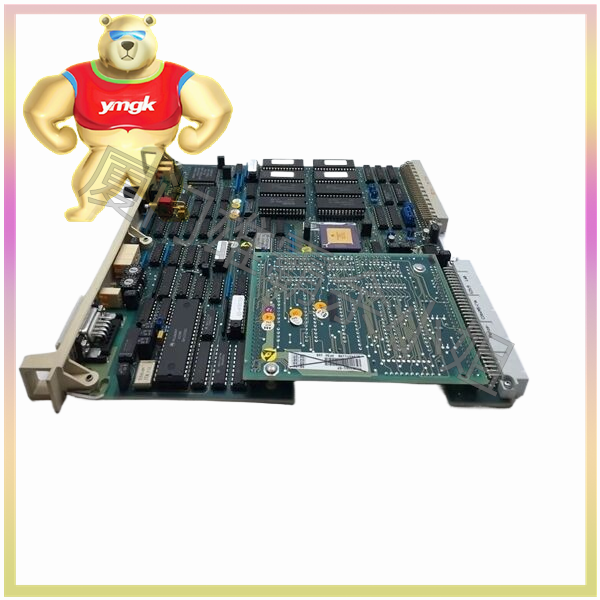Motion control system
In fact, the motion control system is a relatively large system, just like the communication system mentioned earlier, which is usually composed of numerous components. The motion control system integrates signal analysis and processing, automatic control, communication, and other related aspects.
Elements of Exercise
In abstract terms, the elements of motion can be summarized as follows: objects, reference frames, state descriptions, state changes, and dynamics. Therefore, the motion of an object, in simple terms, refers to the change in the state of the object under the action of force in a specific reference frame.
In the design phase of the motion system, the first step is to clarify the motion elements and their interrelationships mentioned here, that is, the process of “modeling”. Modeling is the foundation of motion control.
object
The object is the entity we control for motion. For motion control, the object is usually clear.
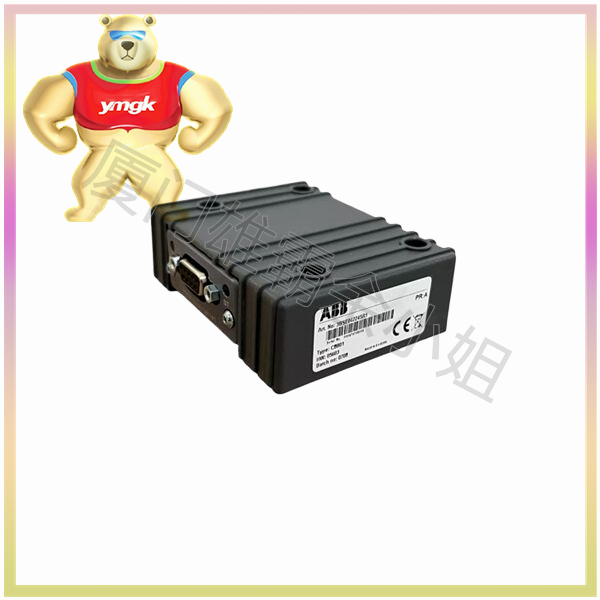
Different objects exhibit different characteristics, resulting in different responses and motion situations when subjected to force. Usually, we need to have a thorough understanding of the object in order to control it, and the process of understanding the object is called “modeling”, which involves recognizing the characteristics of the object’s state change when subjected to force.
In practical applications, objects have different simplified descriptions in different design stages of motion control systems, which should be noted. Sometimes objects are viewed as particles, sometimes as rigid bodies with shapes, and sometimes described based on their true shape. This will be summarized in the following discussion.
Reference system
In fact, motion is relative, so the premise of describing the “motion” of an object is to determine the reference frame in which the object is compared. After determining the reference frame, the object’s state can actually be described. ‘Motion’ refers to a change in the state of an object within that reference frame. Therefore, we can see that the description of “motion” must rely on the reference frame and state description.
The reference frame is the foundation of motion, and without a clear reference frame, it is impossible to control the motion of an object.
The description of ‘motion’ is usually not unique, and the same object will have different descriptions in different reference frames. Moreover, in practical applications, there is not only one reference frame for an object, but there may be many different reference frames that enable the object to be described reasonably in different situations. For example, in drone motion control, body coordinate system, navigation coordinate system, airflow coordinate system, etc. are often used.
The description of a reference frame in mathematics is a coordinate system, and common coordinate systems include Cartesian coordinate system, spherical coordinate system, etc. Different coordinate systems are suitable for describing different motion situations, among which the Cartesian coordinate system is most in line with human perception of space and therefore has a wide range of applications.
Status description
After determining the reference frame, the state of the object in that reference frame can be determined. The state of the object is uniquely determined in the reference frame, otherwise it cannot be clearly described.
We may have different state descriptions in different coordinate systems, but the transformation relationship between these state descriptions must be fixed and clear, that is, the state descriptions of objects in different coordinate systems can be mutually transformed. Moreover, in typical motion control systems, different coordinate systems are used to describe the motion state for convenience due to the different purposes of motion control, and then the mutual correlation is achieved through the transformation of coordinate systems.

